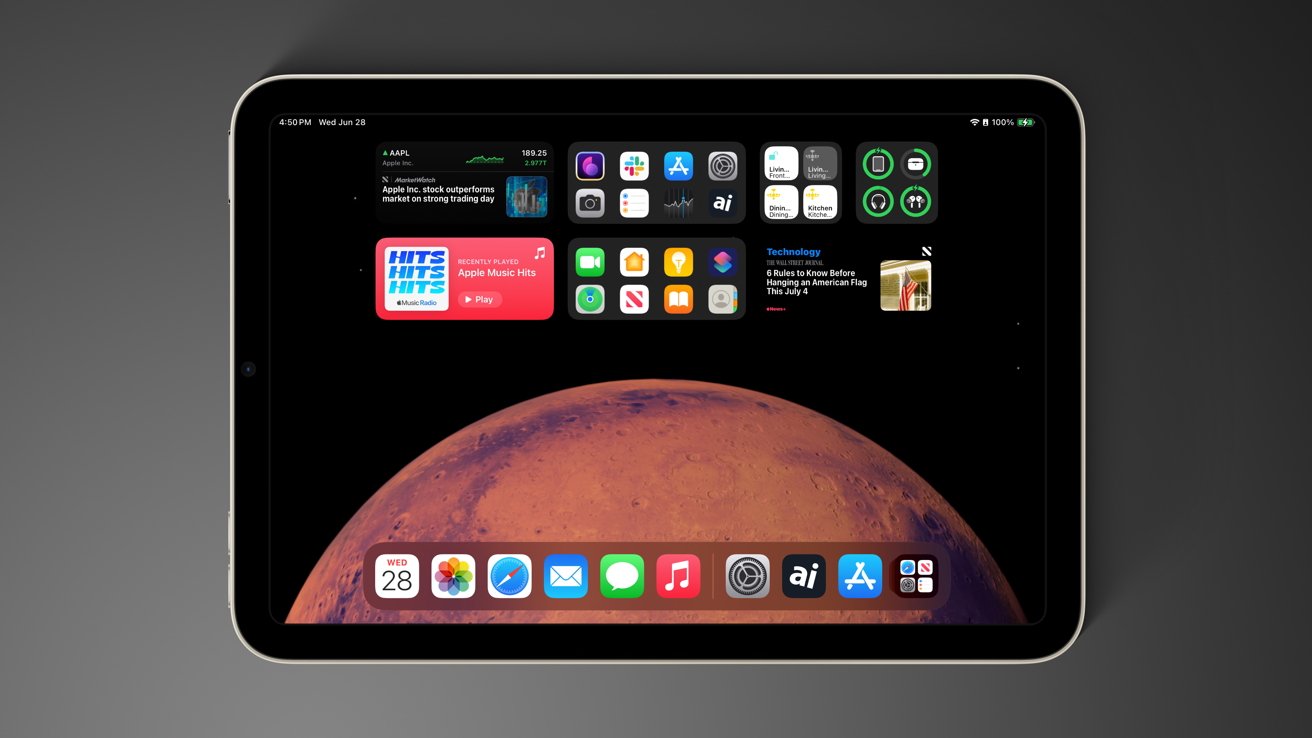 1302
1302
 2023-09-20
2023-09-20

The iPad had a rough software cycle through 2022, but iPadOS 17 is now here with refinements, more customization options, and nearly every iOS 17 feature piled on top.
Apple's brief mention of Stage Manager during WWDC concerned some power users, but iPadOS 17 has shown a strong turnaround for the controversial feature. In addition to those refinements, Apple has squeezed in multiple upgrades and added the Health app to the platform.
As seems to be the case with Apple's software releases, iOS 17 got the lion's share of new features, while iPadOS 17 got a subset of those. A few platform-exclusive updates were also made, but this is the tock in the tick-tock iPad software update cycle — meaning fewer new features overall.
StandBy was revealed for iPhone, but not iPad, since there aren't any iPads with always-on displays. Also, it seems the Journal app might be iPhone-only, though that hasn't yet been confirmed.
Apple didn't want to spend much time discussing Stage Manager during the iPadOS 17 reveal. It was briefly mentioned that layouts were more flexible and stability improved, but that's it.
After months of betas, it is clear that Stage Manager is now a fully operational feature. While still not perfect, it is where it should have been with the iPadOS 16 launch.
External display support is still limited to M-series processors, and developers still don't have much insight into window sizes. But, pro iPad users will be satisfied with this release.
Lock Screen customization was introduced with iOS 16 and has made its way to iPad with iPadOS 17. Since iPads are used in two orientations, users can customize both layouts with different widgets.
Like with the iPhone, users can assign different Lock Screens to Focus Modes. That way, Lock Screens, Home Screens, and widgets all change based on the active Focus.
The feature is slightly more limited on current iPad models versus iPhones since there isn't an always-on display. Information is available at a glance on the Lock Screen but only after waking the device.
Apple has added external webcam support to the iPad. That means USB-connected webcams or those integrated into monitors will work with iPadOS.
Users can also attach capture devices to the iPad as a side-effect of this feature. Capture cards are generally used for streaming video games to the web, but they have other uses.
Connect a capture card to the iPad through a USB-C adapter, and any HDMI device can be displayed on the iPad. That means the iPad can be transformed into a portable smart display for things like Nintendo Switch.
Apple has finally launched the Health app on iPad. It has been built to take advantage of the large display with a sidebar and columns of data.
All of the expected features are present in the iPad Health app. Enter data, view trends, and share with family.
The most obvious Health-related function for iPad would be the newly-announced Journal. However, it isn't clear if that will be available for the iPad at launch.
The Journal app isn't coming to iOS 17 until a later update.
As usual, Apple has provided several ecosystem-wide updates that debuted with iOS 17 but are available on all platforms.
Some of the features are enhanced by being on iPad. For example, system-wide PDF editing is improved with Apple Pencil, and Reminders app columns look great on the big iPad screen.

Install iPadOS 17 by navigating to the iPad Settings app, select General, then select Software Update. Ensure beta updates are turned off, and the final release version should appear if not already installed.
Source: AppleInsider